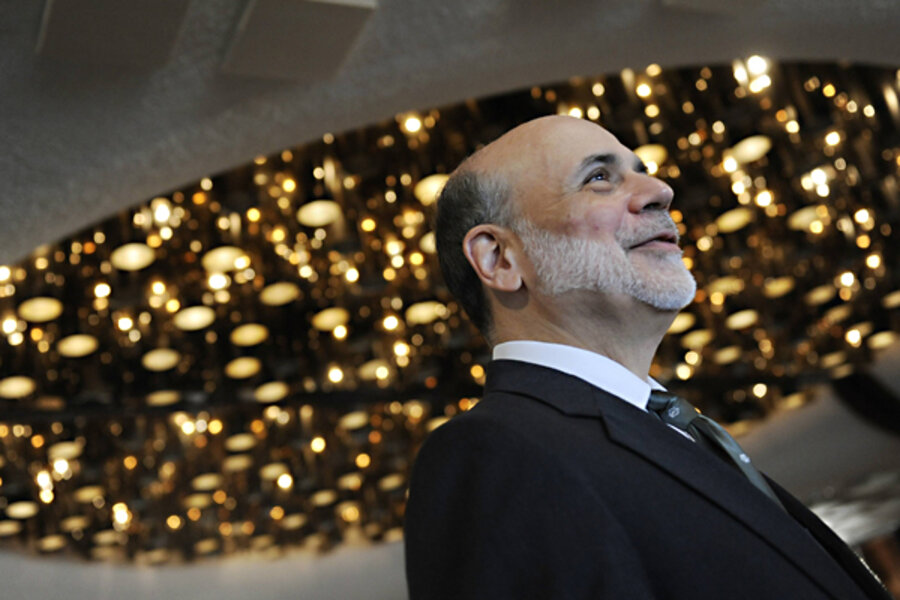The Fed's new easing scheme
Loading...
Undeterred by the utter failure of QE2 in reinvigorating the U.S. economy, the Fed now announces a new "easing"-scheme. This time they will swap short-term to long-term U.S. Treasury securities. Given the fact that short-term interest rates will likely remain basically unchanged while long-term interest rates will fall, this will make monetary conditions "easier" (I.e. more inflationary).
As the lower long-term yields will increase demand for credit, this will increase money supply, inflation and nominal output. However, because the increase in inflation could be as big or bigger than the increase in nominal output, real output may not increase.





